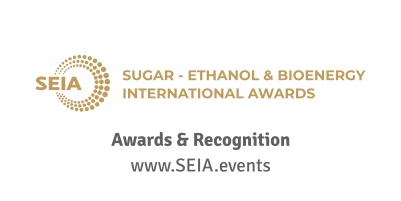Union Minister for Petroleum & Natural Gas, Hardeep Singh Puri, chaired a Consultative Committee meeting of the Ministry in Manesar, Haryana, where he highlighted India’s significant strides in ensuring energy affordability, accessibility, and infrastructure development. The Minister reaffirmed the government’s commitment to inclusive, consumer-centric energy policies, crediting the leadership of Prime Minister Narendra Modi for navigating global energy challenges effectively.
Also in attendance was Minister of State for Petroleum & Natural Gas, Suresh Gopi, alongside 27 Members of Parliament. The meeting featured an engaging exchange of views, with MPs offering constructive feedback on pressing issues such as fuel affordability, LPG access, regional infrastructure gaps, and long-term energy resilience.
Minister Puri detailed how India successfully managed global fuel price volatility in recent years. While fuel costs surged internationally, India managed to shield its citizens from the full impact. He recalled that the government had cut excise duties twice—in November 2021 and May 2022—bringing down petrol and diesel prices by ₹13/litre and ₹16/litre, respectively. He also noted that the recent price increase in April 2025 was absorbed by Oil Marketing Companies (OMCs), sparing consumers from additional financial burden.
Turning to LPG access, the Minister spotlighted the transformative impact of the Pradhan Mantri Ujjwala Yojana (PMUY). Since 2014, LPG coverage has risen from 55% to near-universal levels. Daily LPG cylinder deliveries have exceeded 56 lakh, supported by a vast network of over 25,000 distributors—86% of whom operate in rural India.
Despite a 58% increase in international LPG prices, PMUY beneficiaries now pay just ₹553 for a 14.2 kg cylinder—down from ₹903 in July 2023. Regular consumers pay ₹853. Oil companies, he noted, incurred losses of nearly ₹40,000 crore last year to keep prices affordable. The effective daily cooking cost stands at approximately ₹6.8 for PMUY households and ₹14.7 for others—among the lowest globally.
Puri also reviewed the growth of petroleum infrastructure, noting India now has over 24,000 km of product pipelines, 314 oil terminals and depots, and nearly 96,000 retail fuel outlets. Strategic reserves and LPG storage caverns have further strengthened the country’s energy security.
Parliamentarians praised the government’s approach, which balances consumer welfare with fiscal prudence and international diplomacy. The discussion highlighted the importance of parliamentary engagement in shaping policy, with MPs voicing support for further outreach and more efficient grassroots implementation.
In conclusion, the Ministry welcomed the suggestions made by the MPs and reiterated its commitment to integrating these insights into future planning. The meeting reflected a growing depth of dialogue on energy policy, as India continues to pursue sustainable and inclusive energy growth.















